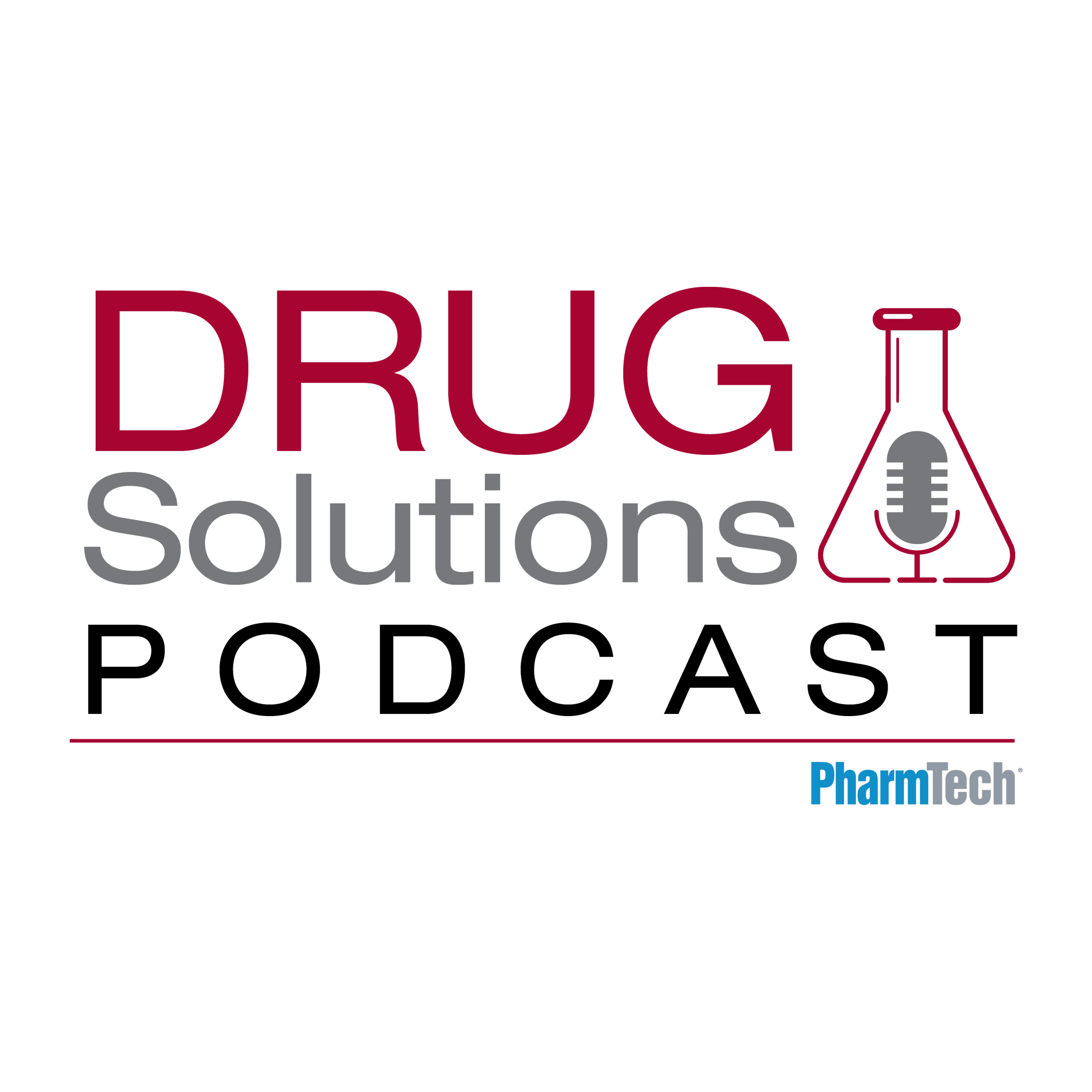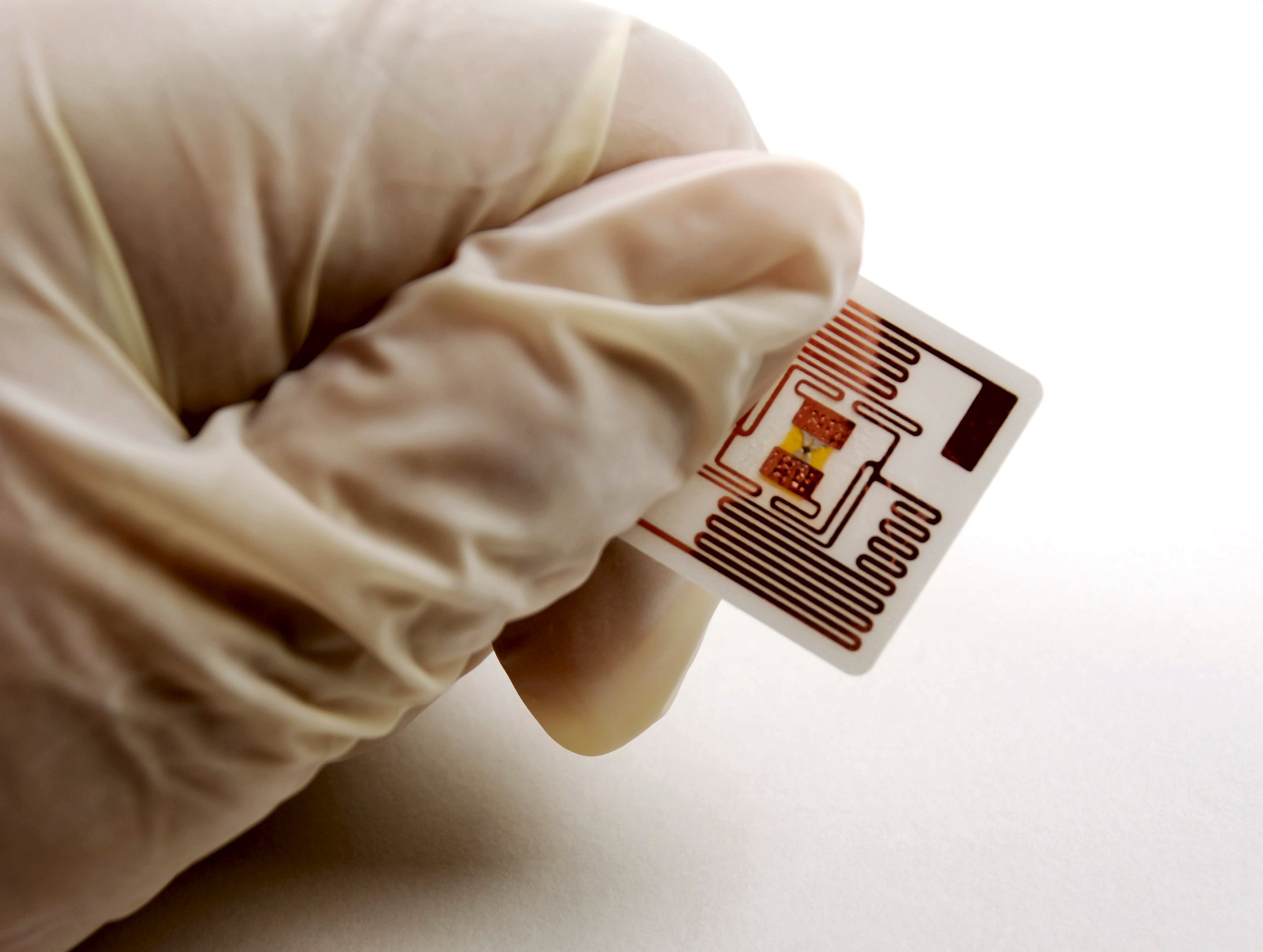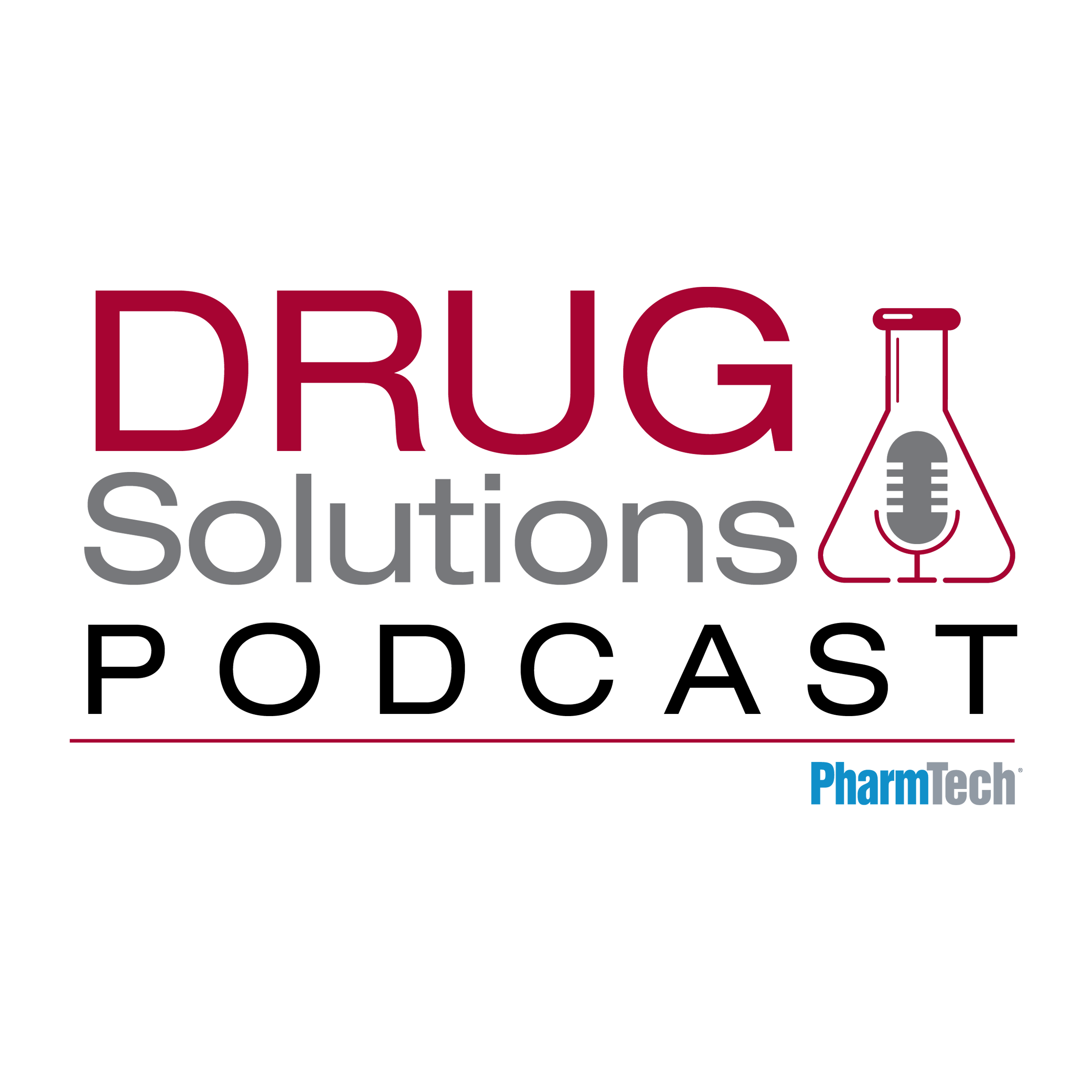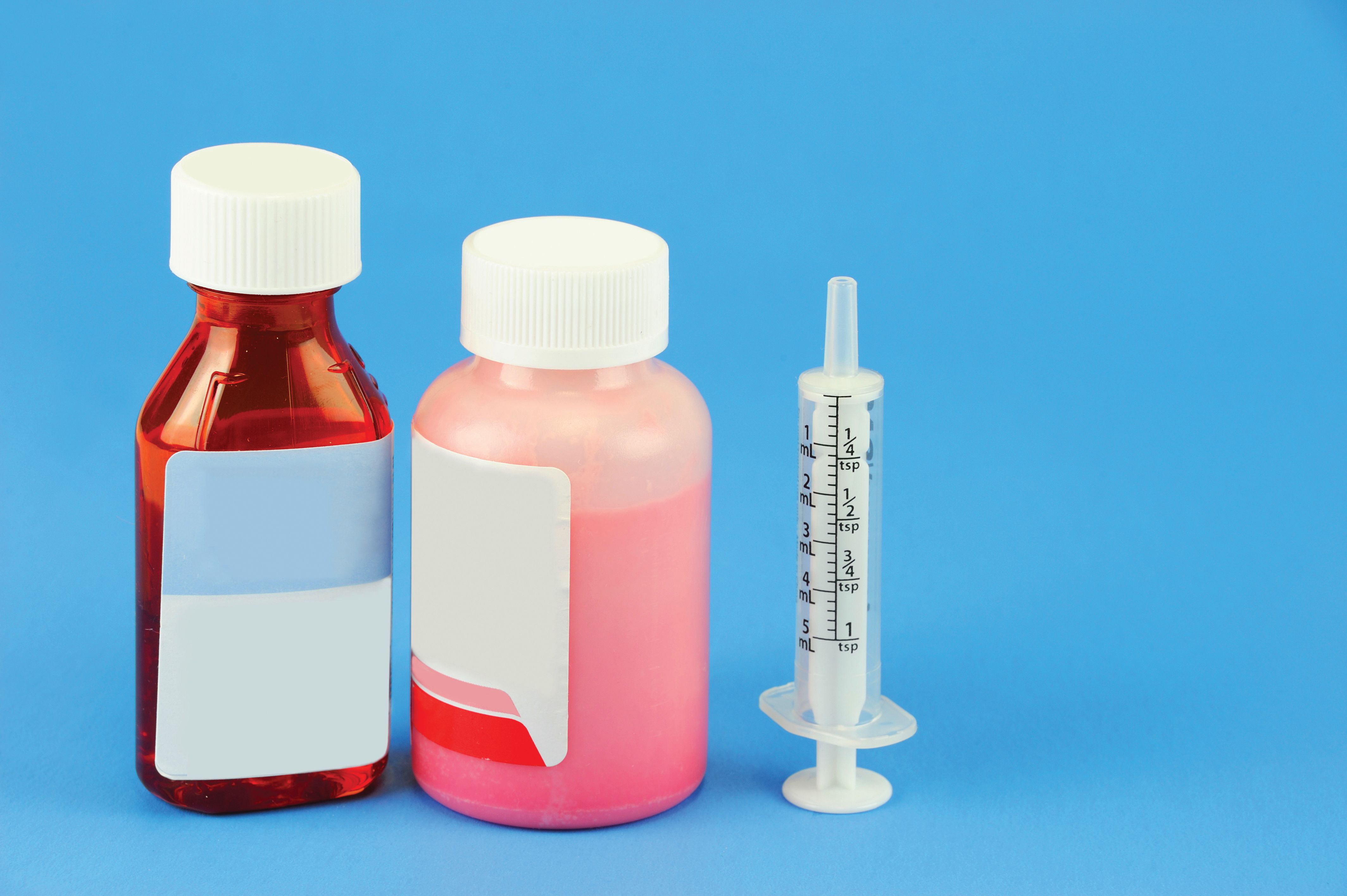News
Article
Pharmaceutical Technology
Design and Construction of a Potent Pharmaceutical CGMP Suite
The author describes the approach taken to develop a facility dedicated to handling potent and cytotoxic drug substances.
This article is part of PharmTech's supplement "API Synthesis and Formulation 2009."
In 2009, Metrics opened a state-of-the-art dedicated potent and cytotoxic facility. The facility, which can accommodate Phase I through Phase III solid-oral dosage form projects up to 10 kg in size, provides containment for processes with hard-wall isolation technologies, specifically a custom-engineered system of isolators to contain solid oral dosage form processes that can be assembled to create a desired equipment train.

(AUTHOR)
In developing its facility, Metrics used many design concepts from the International Society for Pharmaceutical Engineering's (ISPE's) Baseline Pharmaceutical Engineering Guide for New and Renovated Facilities, with particular emphasis on allowing for one-way flow of materials, personnel, and equipment. As the industry continues to define what is meant by "potent compound facilities," Metrics made capital investments in best-practice solutions that would offer a defensible position on the matter.
Planning and design
On the basis of its involvement with ISPE's community of practice with regard to isolation, Metrics recognized that there are several ways to address containment and many options were considered. During the project's planning phase, it was determined that although local ventilation and laminar–down-flow technologies provided some benefits, including versatility and comfort, they were heavily dependent on work practice. Spills or unanticipated discharges of powders can result in acute exposures, and although flexible containment solutions are practical and achieve good containment performance, they pose challenges from a cleaning standpoint or, if disposable, a cost of goods standpoint. Moreover, because a contract organization is likely to have a large variety of compounds moving through its facility, the management and control of these disposable "bags" can be complex.
Finally, knowing that a contract organization would be subject to scrutiny from regulatory agencies and client quality-assurance units, the company determined that hard-wall isolators designed for good manufacturing practice (GMP) applications would be the most robust and defensible containment technology. It was essential to quantify the degree of containment to substantiate any containment claim and then to develop and implement policy to ensure acceptable performance from both operator exposure and cross-contamination standpoints. The containment verification testing activities were performed in a manner that was consistent with the best industrial hygiene practices and in accordance with the guidance published in "Section II: Sampling, Measurement, Methods, and Instruments" of the Federal Occupational Safety and Health Administration (OSHA) Technical Manual and the ISPE SMEPAC Committee document, "Assessing the Particulate Containment Performance of Pharmaceutical Equipment: A Guide," (1, 2).
Merely achieving the desired technical claims would be insufficient to allow for a smooth transition from traditional personal protection equipment to isolation. The only way to frame isolation technology as something to be embraced rather than imposed was to vest employees with design responsibility. A specialized formulation development team was formed, organized under a manager reporting to the vice-president of pharmaceutical development, and charged with everything from conceptualization and design of the facilities to policy and management of its operation. The team successfully led the entire endeavor. Detailed job knowledge in the context of Metrics' overall operation was essential to a successful launch of these services.
Dedicating staff at the inception of the project provided the added benefits of limiting access to the facility, ensuring better work-practice resulting from routine experience, and instituting more centralized training in addition to the standard GMP curriculum. This team functions as a small department integrated with supporting groups from other departments such as quality assurance, employee health and safety, and analytical development.
The design effort required frequent, usually daily, meetings with architects, engineers, and other involved disciplines, including safety and equipment vendors. The formulation team (that is, the end user) had the benefit of working with a variety of talented collaborators who became increasingly comfortable with this arrangement as all parties progressed through the learning curve.
Construction and installation
Two significant challenges were the limited available physical footprint for the renovation and how to maximize throughput of the area given all involved processes needing containment. A 1:1 ratio of equipment-to-isolators was not practical, so a series of hard-wall isolators each with three to five multioperation docking ports was constructed.
The system needed to be more sophisticated than simply placing equipment in a "box," because such an approach would result in poor ergonomics and contaminate mechanical and electrical non-process surfaces of the equipment. A baffle or plate was needed to separate these areas of equipment. If this plate could be standardized about its periphery, it could be installed or interchanged at multiple locations on any given isolator within the facility.
In addition to the standardization of the docking locations, each piece of processing equipment had to penetrate each standardized plate in a manner that placed the processing surfaces in an ergonomically viable space within the isolator. Once the required equipment was installed, the plates formed the rear wall of the isolator. The isolator was then sealed and negatively pressurized. Each was also fitted with a variety of utilities inside including electric, water, compressed air, and vacuum.
It was essential that long process trains such as milling, screening, granulating, fluid-bed drying, sizing, blending, compressing, and film coating could be constructed in one room simultaneously. Getinge LaCalhene (Rochester, NY) was selected to build the system. Familiar brands of processing equipment were chosen for the integration to mitigate any potential client apprehension.
Shipping the necessary processing equipment (mills, blenders, granulators, and a roller compactor) to Getinge's facility and then building a full-sized mock-up facility proved to be a challenge. However, a full-sized mock-up facility is necessary to determine that each piece of equipment is properly positioned within the isolator when installed.
After fabrication, the system was installed and validated. Several clinical supplies have been successfully manufactured within these isolators and the feedback from the team, now working in the area, has been very positive. In the future, as long as a given piece of equipment can penetrate a vertical 3-ft2 plate with the product contact surfaces on one side, it can be adapted to work within the system. Or if bench-top space is needed, blank plates can be installed. The limitations of the system are primarily related to size, as certain pieces of equipment will not work through a vertical plate. Separate isolators integrated with our tablet press and fluid bed unit were also designed and installed.
Isolated equipment includes: a Fluid Energy Jet-O-Mizer micronizer, Fitzpatrick Fitz L1A, Globe Pharma Mexi-Blend (0.5 to 16 quart), Vector TFC Lab micro roller compactor, Fluid Air Pharm X High Shear Granulator with 1L, 2L, 4L, and 8L bowls, Vector FLM1 fluid-bed dryer/top-spray granulator, Quardro Comil U-5 model, Riva 10-station instrumented Picolla tablet press, capsule filling devices, and tablet film coater (see Figures 1–3).

Figure 1: An isolated fluid-bed dryer that was specially designed for the new potent products facility. (IMAGE COURTESY OF THE AUTHOR)
Because of the hard-wall isolation technology and resulting containment verification, Metrics eliminated any need for the use of bulky suits with powered air purifying respirators. Processing rooms are essentially clean while in-process. The improved comfort and cleanliness has been a popular milestone for the team members.
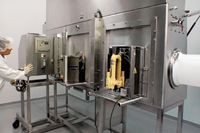
Figure 2: The custom multiuse, hard-wall isolator was engineered to house up to three pieces of processing equipment. (IMAGE COURTESY OF THE AUTHOR)
Several policy instruments have been enacted or altered as a result of this new capacity. If the compound is deemed highly potent at a projects' inception?that is, if the operator exposure limit is determined to be less than one micron per cubic meter of breathing zone air?then all processing operations are conducted in a the new facility.
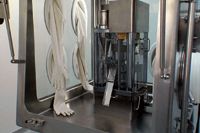
Figure 3: An integrated tablet press for the potent-products facility. (IMAGE COURTESY OF THE AUTHOR)
More conservative cleaning verification policies pertaining to the new capacity were implemented. After every batch or campaign, a comprehensive health-based cleaning verification of shared surface areas is conducted. This new procedure requires high-performance liquid chromatography recovery of the active pharmaceutical ingredient below a residual threshold after every batch or campaign of batches, regardless of what a subsequent activity may be. One-hundred-percent cleaning verification supplants a cleaning validation program. As a result, there is an analytical record that proves every active is removed properly after every processing event.
Joe Cascone is director of potent pharmaceutical development at Metrics, jcascone@metricsinc.com.
References
1. Occupational Safety & Health Administration, US Department of Labor, OSHA Technical Manual, www.osha.gov/dts/osta/otm/otm_toc.html, accessed Aug. 21, 2009.
2. Assessing the Particulate Containment Performance of Pharmaceutical Equipment (ISPE, 2005), http://www.ispe.org/cs/ispe_good_practice_guides_section/ispe_good_practice_guides, accessed Aug. 21, 2009.

Newsletter
Get the essential updates shaping the future of pharma manufacturing and compliance—subscribe today to Pharmaceutical Technology and never miss a breakthrough.

